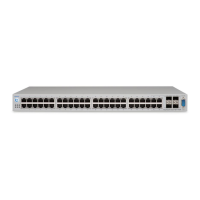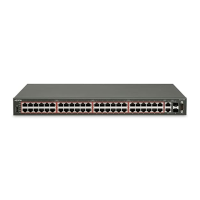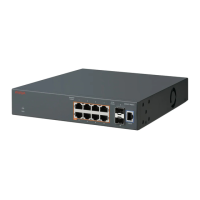Avaya Inc. – External Distribution
Right-click RADIUS and select New Access Policy. Enter a policy name, i.e. ERS-
access as used in this example and click on OK when done
Click on the policy we just created, i.e. ERS-access, and click on Edit via the
Authentication Policy tab. Under Edit Authentication Policy window, select NONE ->
PAP. Click on OK when done.
Go to the Identity Routing tab and click on Edit. Check off the Enable Default
Directory Set and click on OK when done.
Go to the Authorization Policy tab and click on Edit.
o Once the Edit Authorization Policy window pops up, click on Add twice simply
named read-only and read-write.
o For the rule named read-only, click on New to add a new constraint. From
Attribute Category, select User and scroll down and select user-id. Select
Equal To with Format of None and enter the read-only-access user id you
used in Step 3. Click on OK when done. Via Action, select Allow. From the
All Outbound Values window, select the output attribute we created above
named ERSro and click on the less-than arrow key to move the attribute to
the Provision With window.
o For the rule named read-write, click on New to add a new constraint. From
Attribute Category, select User and scroll down and select user-id. Select
Equal To with Format of None and enter the read-write-access user id you
used in Step 3. Click on OK when done. Via Action, select Allow. From the
All Outbound Values window, select the output attribute we created above
named ERSrwa and click on the less-than arrow key to move the attribute to
the Provision With window.
o When completed, you can view the complete policy by clicking on the Access
Policy Summary button

